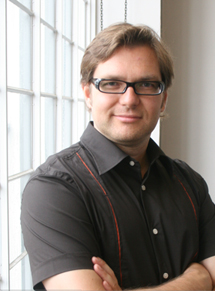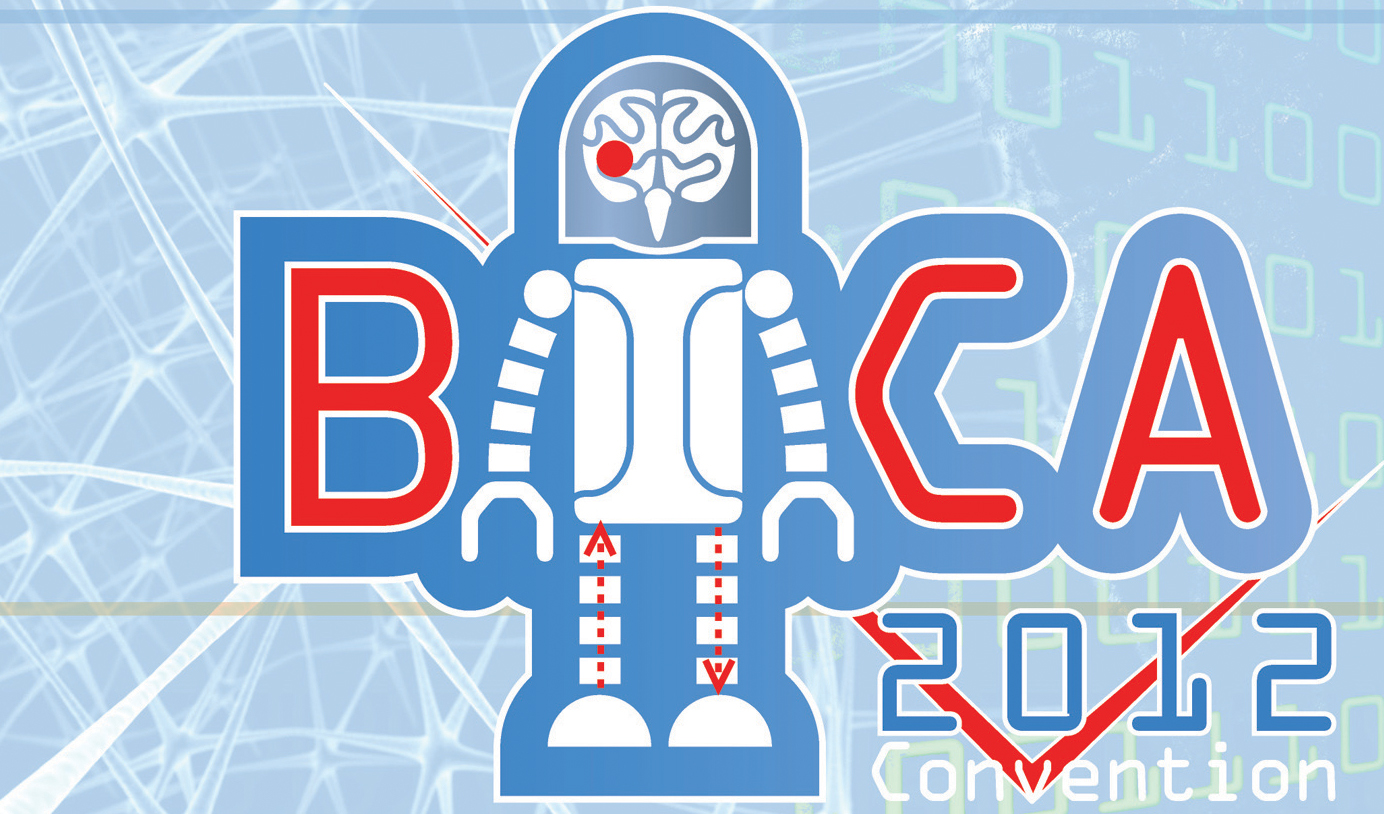 Recently, h+ Magazine published an article by Ben Goertzel titled “Land of Fire, Ice and Thinking Machines: The Recent Rise of AI in Iceland, and an Interview with the Thorisson Brothers who Helped Make it Happen”. In the article the author reviews the recent history of AI in Iceland and presents an interview with Kristinn R. Thórisson and Hrafn Thorri Thórisson. In this interview they go into some detail on their own backgrounds and ideas, as well as the rise of Icelandic AI. This article makes an interesting read for both those who are curious about AI and the connoisseurs of the field. Continue reading Rise of AI in Iceland: H+ Magazine Interview with the Thorisson Brothers who Helped Make it Happen
Recently, h+ Magazine published an article by Ben Goertzel titled “Land of Fire, Ice and Thinking Machines: The Recent Rise of AI in Iceland, and an Interview with the Thorisson Brothers who Helped Make it Happen”. In the article the author reviews the recent history of AI in Iceland and presents an interview with Kristinn R. Thórisson and Hrafn Thorri Thórisson. In this interview they go into some detail on their own backgrounds and ideas, as well as the rise of Icelandic AI. This article makes an interesting read for both those who are curious about AI and the connoisseurs of the field. Continue reading Rise of AI in Iceland: H+ Magazine Interview with the Thorisson Brothers who Helped Make it Happen
Call for Papers – General Intelligence in Embodied Agents: Special Session in IEEE Symposium on Human-Level AI
A conference session on General Intelligence in Embodied Agents, as part of an IEEE Symposium on Human-Level AI will be held April 15-19, 2013 in Singapore.
Call for Papers: PAPER SUBMISSION DEADLINE: November 23, no extensions given.
BICA 2012 – Dr. Kristinn R. Thórisson gives Keynote Talk
The Annual International Conference on Biologically Inspired Cognitive Architecture (BICA) will be held from October 31st until November 3rd in Palermo, Italy.
The challenge of creating a real-life computational equivalent of the human mind, known as the BICA Challenge, calls for joint efforts to develop biologically-inspired intelligent agents that can be accepted and trusted in various roles by the human society, and putting them on equal footing with human agents. The main objective of BICA 2012 is to take a significant step forward towards the BICA Challenge. Continue reading BICA 2012 – Dr. Kristinn R. Thórisson gives Keynote Talk
Bucking Copy-Paste Mentality in the Mass-Production of Knowledge – A Personal View
 by Kristinn R. Thórisson,
by Kristinn R. Thórisson,
Directing Manager of IIIM and
Aperio Program Director
The educational system has never been as important as it is now. We have established a robust educational system with subdivisions along students’ age and “level”; but, while the system offers a variety of topics to study, it also has some drawbacks. One of them is the idea that, since it is impossible to teach anything and everything from A to Z in the first 10-15 years of a person’s education, a subset of targeted teaching material and topics must be chosen from a larger set. Continue reading Bucking Copy-Paste Mentality in the Mass-Production of Knowledge – A Personal View



